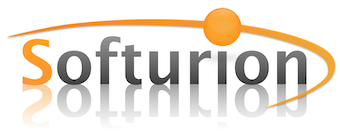How to create a linked entry
When you want to split a receipt, you can used a Linked entry. This way, your bank account is associated with the supplier for the total amount, and the reconciliation with your bank statement becomes greatly simplified since the account and the amount will match those on your bank statement.
Let’s suppose that you spent $100 at HEB and paid by check, and want to split your spending in 3 buckets, 60$ in groceries, $25 in DVDs and 15$ in various clothing:
- First, make sure all the accounts you need exists. If one is missing (typically the supplier in case of a new one), go the the Structure tab and created it before entering the transaction.
- Create a linked entry where the ressource account is your bank account Bank:Chase Checking and the tier account is your supplier account Supplier:HEB. Enter the amount in total.
- Then, create one line per split entry, with the employ account being the destination account for the spending (for instance Purchases:Food).
- BudgetInMind will compute the remaining amount to ensure you do not forget some pennies in the split.
- Before pressing ‘Insert’, we recommend that you change the foreground text color to quickly pinpoint the entry in your book.
Once done, press “Insert” to add the book entry. You can then switch to the Budget and Account tabs to understand the effect of the split.




 Français
Français